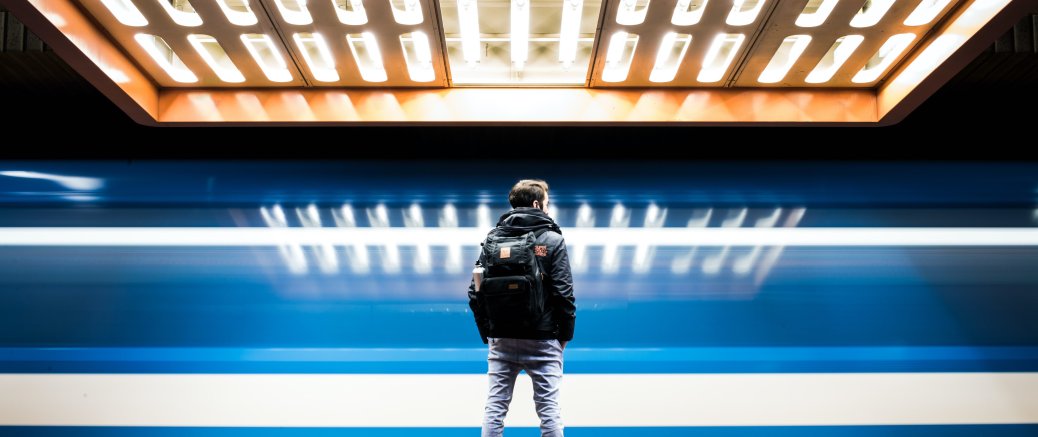Today two Canadian startup rocket companies are racing to define the next generation of Canadian space. Both are getting their feet wet serving the satellite launch market. This is important because after decades of earth observations (EO) by satellites, this market is shucking its national and defence beginnings and going commercial. Agriculture, communications, and the Internet of Things (IoT) are all clamouring for the data that satellites can provide.
TL;DR
| Info | SpaceRyde | Reaction Dynamics |
|---|---|---|
| Location: | Concord, ON | Saint-Jean-sur-Richelieu, QC |
| Rocket Name: | Ryder | Aurora |
| Type: | Hybrid 3 stage | Hybrid 2 stage |
| Fuel: | ?? | RDX |
| Launch Platform: | Stratospheric Balloon | Earth |
SpaceRyde
SpaceRyde (previously Loonify Space) are building reusable rockets that are launched from a stratospheric balloon. Stratospheric balloons are an interesting platform because they lift cargo to about 40 kms above the surface of the earth (and about 99% of the atmosphere) much more gently than rockets.
Once mostly out of the atmosphere, the rocket starts up and travels above the Karman line (100km above the earth), greatly reducing the amount of energy required to get to space. The balloon returns to earth, where staff captures and reuses all elements for the next launch.
SpaceRyde's rocket is "Ryder" with 4 engines named "Grolars" — three in the first stage and one if the second stage. SpaceRyde's approach to reusability is unique and centres around the final stage (named "Black Bay"). Instead of trying to return the rocket to earth, they propose to leave Black Bays in space where they can serve as a kind of way-station for subsequent missions, especially those headed into cislunar space or Mars.
Reaction Dynamics
Reaction Dynamics is taking a different approach. Using additive manufacturing and multiple test a day, they plan to iterate obsessively on their way to demonstration flights at the end of 2022.
They are also using a hybrid rocket engine using RDX, also 3D printed. RDX, for those like me who had to look it up, is used as an explosive because it is more energetic than TNT and when mixed with plasticizers is the active ingredient in C-4 (yes, the C-4 plot device that features so prominently in TV and movies).
Reaction Dynamic's rocket is code named Aurora and is18m tall, with a 1.3 m second stage fairing and 1.8 m (first stage) diameter. The second stage has a 2.5 m height and a payload capacity of 50 - 150 kg.
Too Early to Pick Winners
In "How Innovation Works: And Why It Flourishes in Freedom," Matt Ridley points out the Wright Brothers' success with powered flight was almost entirely because of their ability to test and iterate faster than competitors. It is way too early to pick winners between these two rocket companies, as both are still developing demonstration prototypes, not flying missions. If I was betting on the two companies instead of cheering heartily for both, I might learn more towards Reaction Dynamics because of their iteration speed.
Photo by William Daigneault on Unsplash
